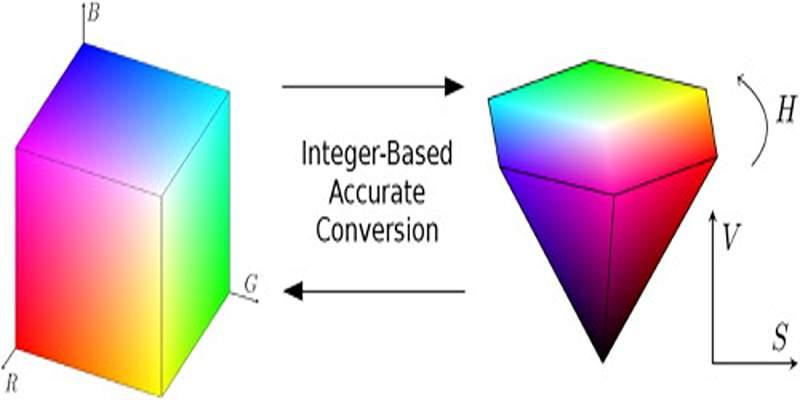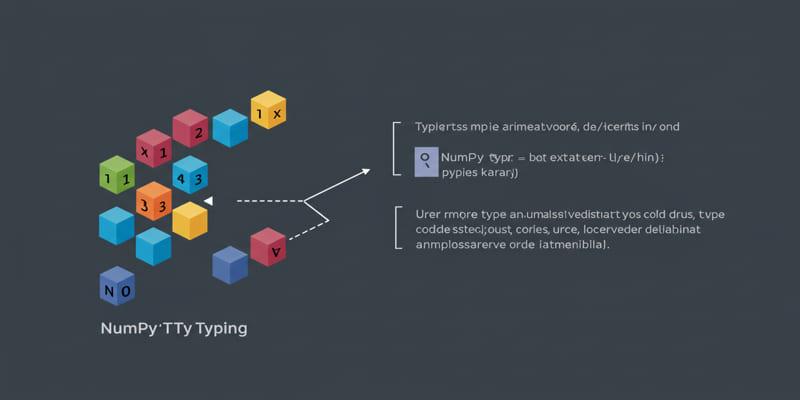As companies face pressure from investors, authorities, and customers to reduce emissions, there is an increasing urgency to implement sustainable practices. However, manual reporting overwhelms many small sustainability teams. To address this, AI agents for sustainability are emerging. These intelligent technologies swiftly analyse vast volumes of data, providing teams with quicker insights and relieving them of tedious duties. Professionals might put more emphasis on long-term planning and innovation than on manual labour. AI agents are more than just helpers; they are changing how businesses prepare for a greener future by monitoring energy consumption and streamlining supply chains.

While they are both classified as artificial intelligence, generative AI and AI agents differ in their autonomy and goal.
Generative AI focuses on using training data to produce new material, such as text, photos, or designs. Although it does not typically take direct action, it is a creative tool that investigates alternatives.
Conversely, AI agents are designed to act. They can take in their surroundings, make choices, and carry out actions to accomplish objectives, can automatically compile sustainability data, create compliance reports, or recommend emission-reduction tactics.
The two technologies supplement one another in many contemporary business solutions. Although generative AI can generate summaries or innovative ideas, AI agents make sure those ideas result in practical action.
Companies pursuing sustainability often encounter three common obstacles: fragmented data, complex reporting requirements, and limited internal resources. Traditional methods of preparing sustainability reports can take months, requiring manual data collection from multiple systems and databases.
AI agents for sustainability simplify this process. They connect different data sources, organize information into consistent formats, and provide instant access to critical insights. This allows businesses to not only meet compliance requirements but also identify opportunities for efficiency.
Another major advantage lies in regulatory reporting. Across regions, frameworks such as the CSRD in Europe or SASB and GRI elsewhere are demanding detailed disclosures. AI agents can automate the preparation and formatting of these reports, ensuring accuracy while saving teams a considerable amount of time.
By removing technical barriers, AI agents empower non-technical users to interact with sustainability data. A manager could simply ask, “What were our emissions last quarter?” and receive a ready-to-use answer in seconds. This accessibility makes green transformation faster and more achievable.
The adoption of AI agents brings several advantages to organizations pursuing sustainable practices. First, they enhance productivity by automating repetitive tasks. What once required a team of analysts can now be handled by an AI agent around the clock.
Second, they deliver precision. Because they process large volumes of structured and unstructured data, their outputs are accurate and consistent. This reliability reduces the risk of errors in sustainability reporting.
Third, they offer scalability. As businesses grow, so does the complexity of their sustainability data. AI agents adapt easily, analyzing increasing volumes without requiring additional human resources.
Perhaps most importantly, AI agents provide actionable insights. Instead of overwhelming teams with raw numbers, they highlight trends, predict outcomes, and recommend effective strategies. This bridges the gap between analytics and execution, making sustainability initiatives more impactful.
The practical applications of AI agents are expanding rapidly, with many companies already seeing tangible benefits. Some of the most promising use cases of AI agents in sustainability include automated reporting, supplier engagement, emissions tracking, and energy optimization.
For example, in supply chain management, AI agents can suggest ways to reduce transportation emissions by optimizing delivery routes. In energy management, they can monitor consumption in real time and recommend efficiency upgrades.
They are also proving useful in stakeholder communication. Instead of manually preparing presentations for investors or regulators, AI agents can generate real-time sustainability updates that are both accurate and easy to understand.
Another growing area is disaster relief and climate response. AI agents can streamline donation matching or coordinate the delivery of resources after natural disasters. These examples show that the technology is not only valuable for compliance but also for building resilience and trust.

Implementing AI agents requires thoughtful preparation. The first step is to assess organizational needs. Companies should define the goals they want to achieve, whether improving reporting accuracy, reducing energy costs, or accelerating supply chain transformation.
Once goals are clear, the next step is to evaluate potential solutions. Businesses must seek platforms that integrate seamlessly with existing systems, respect data privacy, and adhere to ethical standards. Clean and reliable data is crucial, so investing in good data management practices is essential.
Training and support also play a vital role. While many AI agents are designed to be user-friendly, teams still benefit from guidance in customizing them for specific tasks. With the right planning, companies can scale adoption without disrupting operations.
Looking ahead, the role of AI agents in sustainability is expected to continue growing. As regulatory demands increase and environmental concerns intensify, businesses will increasingly rely on automated, intelligent solutions.
Future trends indicate deeper integration with business applications, enabling AI agents to deliver even more insightful information. We can also expect more advanced analytics capabilities, which will provide predictive insights to help organizations prepare for future challenges.
Moreover, as technology improves, AI agents themselves will become more sustainable. Optimized models and energy-efficient designs will reduce their own environmental impact, ensuring they contribute positively to the overall sustainability mission.
The path forward is clear: organizations that embrace AI agents today will be better positioned to meet tomorrow’s environmental and business demands.
More than just a fad, AI agents for sustainability are quickly becoming essential for businesses seeking to strike a balance between growth and accountability. By comprehending the distinctions between generative AI and AI agents, appreciating their unique advantages, and exploring a range of AI agent use cases, businesses can turn sustainability from a burden into a catalyst for innovation. To stay competitive and responsible, start exploring how AI agents can drive your organization’s sustainable transformation today.

Find how MapReduce powers scalable data systems, enabling efficient processing of massive datasets for modern enterprises.

Explore how evolving AI agents affect businesses, risks, and alignment, and why understanding their inner drives is crucial.

Learn how AI agents for sustainability improve productivity, streamline reporting, and revolutionise corporate operations globally.

Discover the seven reasons which make convolutional neural networks (CNNs) unbeatable when it comes to image tasks.

Understand RGB and HSV, why hue-saturation-value helps editing, and how to convert in both directions without banding or surprises.

Build accurate Excel data dictionaries by pairing OpenPyxl scans with AI agents for clear definitions, rules, and reviews.

Learn how a GPT stylist reveals the secrets of clear, contextual, and creative prompting that leads to better AI outputs.

AI scam tactics are becoming harder to detect as artificial intelligence helps scammers create fake voices, emails, and messages. Learn how to recognize and stop these digital traps

How to use ChatGPT’s new image generator with this simple step-by-step guide. Learn how to turn text into visuals using the latest AI image tool from ChatGPT

Inheritance is a fundamental software engineering notion that assists data scientists in constructing reusable code and creating scalable and maintainable endeavors in order to succeed in the long term.

Use NumPy typing to annotate and verify NumPy array shapes and dtypes to enhance Python project correctness and maintainability.

Discover how Microsoft Power BI elevated my data analysis and visualization workflow, transforming insights and boosting decision-making efficiency.